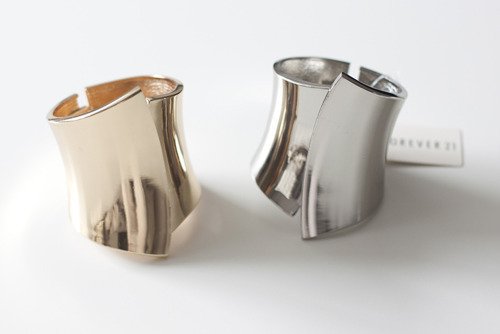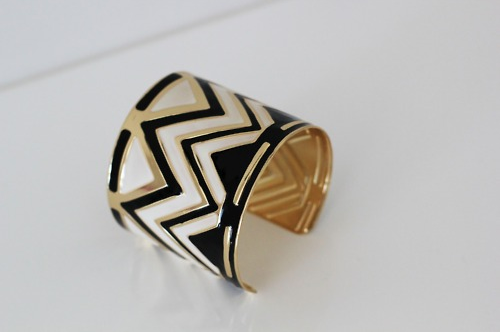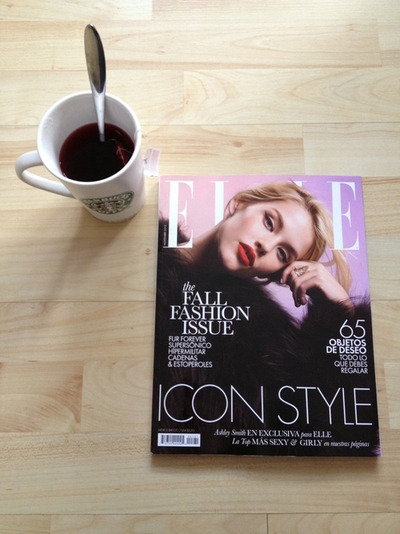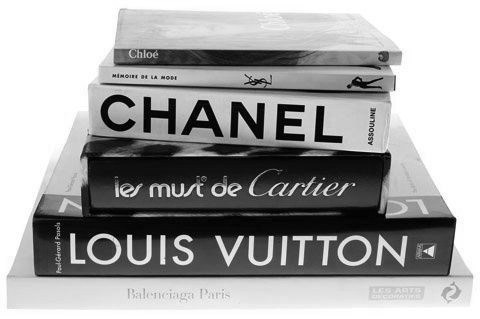 |
| Tips of the trade. Me in the polka dot dress on the left. Picture taken from SFW fb page |
So how then does fashion writing work?
1. Relevance
Don't decide to do a piece on fashion as an armoury and expound endlessly on the colourful history of Amazonian women and breastplates without so much as a nod to fashion. It's not a history lesson. It's fashion. Yes, the history behind armour is rich and can be applied to fashion however, scale it down, flex it and mould it. Relate it back to how you can draw inspiration from to adapt it to your wardrobe. Think Wonder Woman and her golden cuffs! Now that's wearable armour!


2. Gotta love anecdotes.
Give them that. Provocation, seduction, snippets of an inside story. A personal story makes the rest of what you are trying to say become relatable. Especially humorous ones with a strong point of view. Individual accounts give the piece a soul of its own. It's not bland or just another copy-written press release. Write about how your love for all things Chanel was inspired by your grandmother's perfume rather than Brad Pitt standing in a room powered by a shoddy electric generator.
3. Point of View
What do YOU have to say? Do you stand for something or simply fall for anything?
With that in mind, however some conflict of interest might arise when expressing a professional opinion versus a personal one. This is where blogs become a critical platform for voicing out and raising certain points that heavily curated publications cannot. The printed medium is restricted in terms of what can be said or shown due to legal, political and commercial limitations. Will you write to please the advertisers or yourself? There will come a time when compromises must be made between being personal or professional. Which leads me to the next point.
4. Know Thy Audience
Who are you writing to? Who are your audience? Is it the metropolitan twenty-thirty somethings or the indie label lovers? You wouldn't write in a magazine such as Vogue or ELLE as you would in your own personal blog or journal. In this digital age, it has become even more trying to write in a way that would keep our goldfish attention spans occupied for more than 3 minutes. Think concise, interesting and relevant - these elements rule the Internets. For training ground, tweet. It will do wonders to train you to think in 140 characters. #pov But bear in mind, tweeting is not a substitute for good writing.

5. Good Writing vs Pretentious Writing
Flowery, over-punctuation and superfluous adjectives are clear marks of an amateur trying to sound profound. Notice how fashion headlines are usually punctuated by puns bordering on clichés such as to die-for, roaring prints, furbulous or fancy pants to catch our attention. Terms like arm candy have saturated the magazines that it no longer has the panache it once had. While there's no shame in being fairly new to writing, the aim is to improve and not succumb to complacency. Do your homework. Know your facts, look up the designers and their collections. Read what others have to say. Read more! Articulate your ideas. Learn and practice self-edits. Often its easy to swerve off-topic. Ask yourself is it too lengthy? Is it too short?
Digital vs. Print
The discussion on being able to write about fashion as expected broached the subject of fashion blogging. Now, there were two fashion bloggers in the workshop, not including myself as this blog does not focus solely on fashion but you get my drift.
“Fashion bloggers are here to stay. I’d be honest and let you know that like many other printed publications, I had hoped that the phenomenon would die out. But given the examples of Bryanboy or StyleBubble who have risen to influential heights in the fashion industry, the online blogging scene is very much alive and will continue regardless of what the publications think of them” admits Sharon. She goes on to say that she does find herself going online to read what the bloggers have to say after every show as they are constantly connected to their audiences via social media. This gives them the edge of being the first opinion on fashion from a mostly consumer or fan point of view faster than any printed publication. Elle Singapore has not yet tackled or taken the online digital-print hybrid on-board. Speaking of which, I do hope Elle hastens to realise their digital platform as Vogue has. The reason is not that no one is reading magazines but moving towards a different more mobile and less tactile medium.
Fashion blogging is immediate. As of now, it’s set in an unpoliced landscape. Is it true though that I can say whatever I want? However I want as long as I stand up for what I believe in as a fashion writer without having to consider the consequences of losing my advertisers? For now, perhaps. There were strong arguments in the workshop about self-censorship, ethical considerations on reporting facts, driving up statistics or visitors with unpopular opinions versus adjusting one’s content towards the advertising friendly side. Still, fashion blogging as a whole lacks a certain finesse. Akin to a cowboy town with extremely low barriers to entry and rough terrains. It lacks the technical flair honed from good, old fashion writing skills as opposed to those written by seasoned or so to speak published writers. Most fashion blogs rely heavily on photographs rather than words. Which unfortunately supports the broad spectrum expectation that blogs are supplied with lower quality writing than magazines.

The fact is that fashion writing can and should be categorized into two very distinct directions. One is writing for a magazine and the other; a fashion blog. Here the rules are simple: Know your audience and cater accordingly. What do you think?









No comments:
Post a Comment